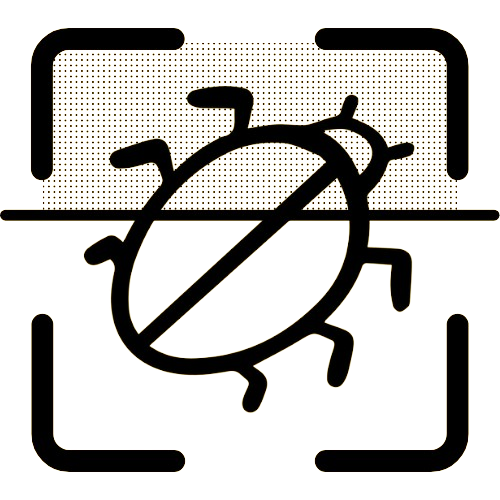Mastering Bed Bug Detection: A Comprehensive Guide for Homeowners
October 20, 2025
Navigating the world of bed bug detection can be daunting for any homeowner. With the rise of these resilient pests, understanding the nuances of effective detection is essential. Having the right information and tools can save your home from potential infestations. This guide will explore practical ways to master bed bug detection, providing homeowners with the knowledge to keep their living spaces pest-free.
Introduction to Bed Bug Detection
Bed bugs have become a significant concern worldwide, making it critical to master effective bed bug detection techniques. Early detection is key in managing an infestation before it escalates. Utilizing a bed bug scanner tool can dramatically enhance early identification, allowing homeowners to take swift action. In this guide, we'll explore various methods for detecting these unwelcome guests and discuss the benefits of both traditional and modern techniques.
Common Signs of Bed Bugs
Identifying the signs of bed bugs is your first step in implementing effective detection strategies. Bed bugs are elusive creatures, often hiding in cracks and crevices. The most recognizable signs include:
- Bite Marks: Small, red, itchy welts often appearing in a line or cluster.
- Fecal Spots: Dark spots resembling soot on bed linens, mattresses, and walls.
- Shed Skins: Exoskeleton remnants of molted bed bugs.
- Blood Stains: Small blood smears often appearing on sheets or pillowcases.
Recognizing these signs early can prevent a minor issue from developing into a full-blown infestation. For more detailed strategies on spotting these pests early, consider our post on early detection strategies.
Using Visual Inspection Techniques
While bed bugs are notoriously difficult to catch in the act, visual inspections are an essential part of the detection process. Knowing how to check for bed bugs can significantly aid early detection efforts.
- Inspect Seams and Edges: Check mattress seams, box springs, and upholstered furniture thoroughly. Bed bugs like to hide in these areas.
- Examine Bed Frames and Headboards: Bed bugs might lurk in the cracks and crevices of wooden bed frames and behind headboards.
- Review Cluttered Areas: Reduce clutter where bed bugs can hide, including under beds and in close proximity to sleeping areas.
By honing your visual inspection skills, you reduce the chances of an infestation multiplying unnoticed.
Leveraging Technology for Bed Bug Detection
Modern technology has revolutionized how homeowners approach pest detection. One such innovation is the bed bug scanner tool. These high-tech tools use image analysis to identify bed bugs with precision. Simply upload an image to receive an immediate assessment. This approach integrates seamlessly with traditional methods, offering a more comprehensive strategy for managing bed bugs.
DIY vs Professional Inspections
Deciding between DIY inspections and calling in professionals can be challenging. While DIY methods, including visual inspections and scanners, can uncover potential issues, professionals bring specialized equipment and expertise. They can confirm infestations and offer treatment options that are beyond most DIY efforts. Balancing the initial cost of professional inspections with the peace of mind they provide can be worthwhile for concerned homeowners.
Preventive Measures for Homeowners
Proactive steps can thwart bed bugs from entering your home. Consider these preventive measures:
- Educational Resources: Learn more about bed bug habits and habitats. We offer several guides on preventing bedbug infestations that can provide valuable insights.
- Regular Monitoring: Schedule regular inspections and use a bed bug scanner periodically to catch early signs of infestation.
- Protective Covers: Use bed bug-proof mattress and pillow encasements to protect your bedding.
- Manage Travel Risks: Be cautious when traveling—inspect hotel rooms and launder clothing immediately after returning home.
By integrating these preventive strategies into your routine, you can significantly lower the risk of bed bugs invading your home.
Conclusion: Staying Vigilant
In the battle against bed bugs, vigilance is your best defense. Understanding the tell-tale signs, utilizing both traditional inspection techniques and modern technology, will arm you with the ability to address problems promptly. Utilize our bed bug scanner tool and stay informed with our blog resources to maintain a bed bug-free home. Empower your vigilance with knowledge and tools, ensuring your living space remains comfortable and secure.
Remember, proactive measures and regular inspections using the latest technology can provide you with peace of mind. Visit our blog regularly for updated information and tips on managing bed bug concerns.
